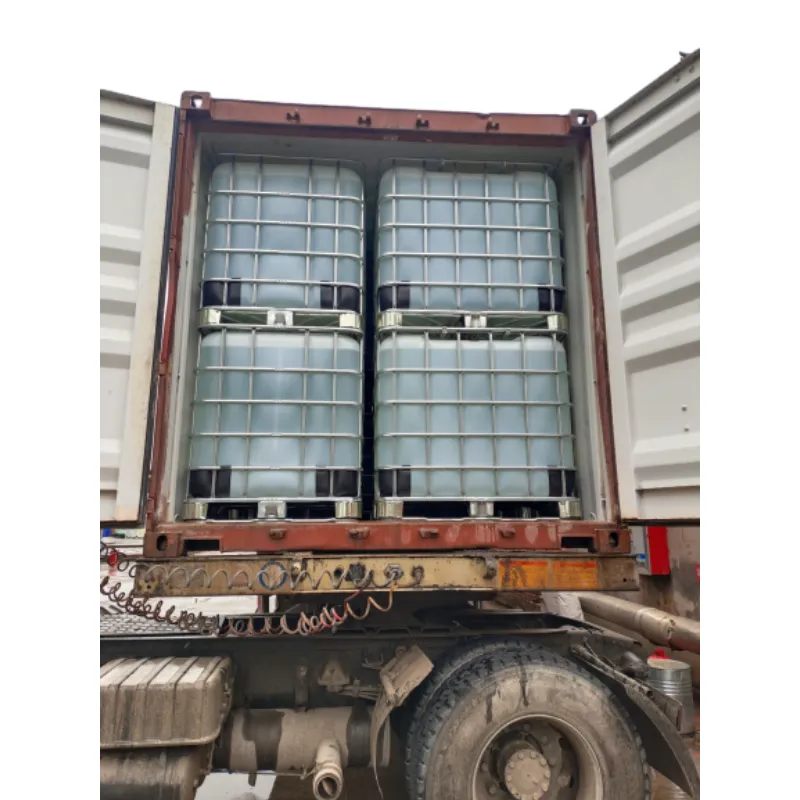
e120 food additive
Understanding E120 The Red Food Additive
In the world of food additives, E120 stands out for its vibrant color and natural origins. Also known as carminic acid, it is derived from the cochineal insect, which has been used for centuries for its dyeing properties. This article delves into the history, production, uses, and safety concerns associated with E120.
Historical Background
The use of cochineal dye dates back to ancient civilizations, particularly in Central and South America, where indigenous people used it for various purposes, such as textiles and body paint. The Spanish Conquistadors, upon their arrival in the Americas, recognized the commercial potential of this dye and began exporting it to Europe, where it gained popularity among artists and food producers alike.
Cochineal dye is extracted from the dried bodies of female cochineal insects, primarily found in Peru and Mexico. The vibrant red pigment has been a staple in many cultures, not only for its coloring ability but also for its association with high status and luxury.
Production of E120
The extraction of E120 involves multiple steps. The bugs are collected, dried, and then processed to separate the carminic acid from the rest of the insect’s body. This process is carried out using water or alcohol, which dissolves the pigment. The resulting product can be used in various forms, including liquid, powder, or granules, making it versatile for different applications.
The production of E120 is highly regulated in many countries to ensure it meets safety and quality standards. It is considered a natural food coloring and is often preferred over synthetic dyes, reflecting a growing consumer preference for natural ingredients in food products.
e120 food additive

Uses of E120
E120 is primarily used in the food industry as a colorant. It imparts a rich red hue to a variety of products, including beverages, desserts, dairy products, and processed meats. Common items that may contain E120 include yogurts, ice creams, candies, and sauces.
Beyond food, E120 is also used in cosmetics and textiles, showcasing its versatility. In cosmetics, it can provide a natural blush or tint in products like lipsticks and blushes. The textile industry benefits from E120 by utilizing it in dyeing fabrics for a vibrant finish.
Safety Concerns and Regulations
While E120 is regarded as safe for consumption by many regulatory bodies, some concerns exist regarding allergy risks. Individuals sensitive to cochineal or those with certain dietary restrictions, such as vegans or vegetarians, may prefer to avoid products containing this additive due to its insect origin.
In response to these concerns, food labeling has become crucial. In many regions, particularly the European Union, food products must clearly indicate the presence of E120, allowing consumers to make informed choices. This transparency supports a greater understanding of what goes into food products and honors personal dietary preferences.
Conclusion
E120 is a fascinating example of how nature can provide solutions for color in food and cosmetics. Its historical significance, coupled with modern regulatory standards, illustrates the blend of tradition and innovation in the food industry. As consumers become increasingly aware of the ingredients in their food, the role of natural additives like E120 becomes more prominent, reflecting both a desire for quality and transparency. Whether embraced for its aesthetic properties or questioned for its origins, E120 will continue to be a topic of interest for consumers and producers alike in the ever-evolving landscape of food and health.
-
Understanding Synthetic Rubber OptionsNewsApr.27,2025
-
Trichloroisocyanuric Acid: Essential for Clean and Safe WaterNewsApr.27,2025
-
Sodium Dichloroisocyanurate: Key to Safe Water TreatmentNewsApr.27,2025
-
Sodium Acid Pyrophosphate: Essential in Modern Food ProcessingNewsApr.27,2025
-
Essential Water Treatment ChemicalsNewsApr.27,2025
-
Denatured Alcohol and Its Industrial UsesNewsApr.27,2025
-
The Versatile Uses of Sodium BicarbonateNewsApr.24,2025
Hebei Tenger Chemical Technology Co., Ltd. focuses on the chemical industry and is committed to the export service of chemical raw materials.
-

view more DiethanolisopropanolamineIn the ever-growing field of chemical solutions, diethanolisopropanolamine (DEIPA) stands out as a versatile and important compound. Due to its unique chemical structure and properties, DEIPA is of interest to various industries including construction, personal care, and agriculture. -

view more TriisopropanolamineTriisopropanolamine (TIPA) alkanol amine substance, is a kind of alcohol amine compound with amino and alcohol hydroxyl, and because of its molecules contains both amino and hydroxyl. -

view more Tetramethyl Thiuram DisulfideTetramethyl thiuram disulfide, also known as TMTD, is a white to light-yellow powder with a distinct sulfur-like odor. It is soluble in organic solvents such as benzene, acetone, and ethyl acetate, making it highly versatile for use in different formulations. TMTD is known for its excellent vulcanization acceleration properties, which makes it a key ingredient in the production of rubber products. Additionally, it acts as an effective fungicide and bactericide, making it valuable in agricultural applications. Its high purity and stability ensure consistent performance, making it a preferred choice for manufacturers across various industries.











